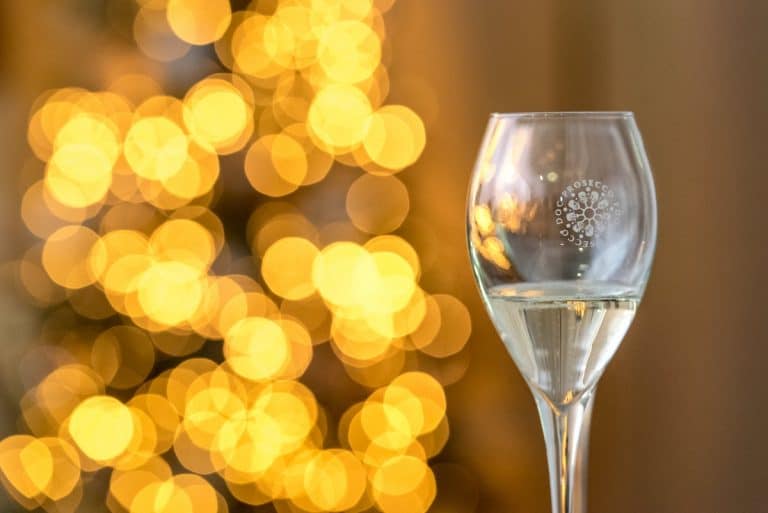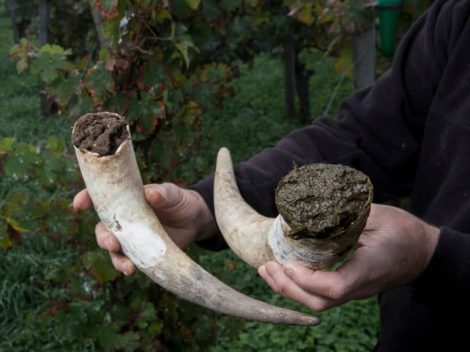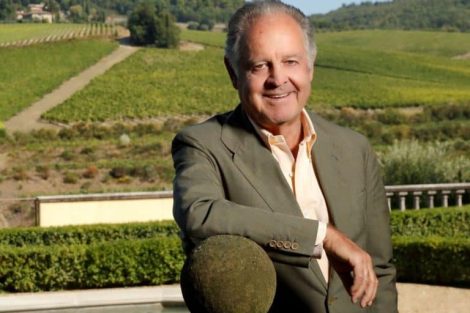Italy will now be able to produce dealcoholised and partially dealcoholised wines. Agriculture Minister Francesco Lollobrigida has signed the decree that greenlights this particular type of beverage, regulated at the European level for more than two years. With this step, Italy fills a gap with its competitors and opens up to this segment, also meeting the announced timeline set by Masaf by the end of 2024. In recent days, the national supply chain had welcomed the agreement reached in the State-Regions Conference, which approved some changes to the first draft circulated in November. In 2025, the focus will shift to drafting the implementing decrees.
The novelties of the decree
One of the main changes from the earlier drafts of the decree is the wording for these wines: the term "dealcolato" (dealcoholised) can now be used instead of "dealcolizzato," which was an unfortunate translation of the English "dealcoholized." The label "alcohol-free" is not permitted. According to the ministerial decree, dealcoholised wines are those with an actual alcohol content not exceeding 0.5% vol.; partially dealcoholised wines are products with an alcohol content above 0.5% vol. but below the minimum actual alcohol content of the category prior to dealcoholisation. The decree also includes new rules on production sites: the earlier draft required dealcoholisation operations to be carried out in specific facilities separate from those used for winemaking and bottling. However, in the final decree signed by Minister Lollobrigida after a meeting with the sector on 26 November, these restrictions were removed. Thus, dealcoholisation can now be conducted within the same facility but in separate areas. Additionally, the by-product obtained using membrane dealcoholisation techniques may now be used for purposes beyond bioethanol production. Of course, it remains prohibited to dealcoholise wines with PDO (Protected Designation of Origin) and PGI (Protected Geographical Indication) status, although the wine sector is reflecting on the potential to expand the scope of this regulation.

The position of the associations
Federvini has welcomed the introduction of the rules, which, according to the association affiliated with Confindustria, will allow interested producers to target new consumer segments. “The signing of the decree came before year’s end, as promised by the minister,” noted president Micaela Pallini, “and this is a significant achievement for the Italian wine sector within a regulatory framework that left little room for manoeuvre.” Federvini added that it will continue to “work to enhance Italy's winemaking tradition and heritage, including through the introduction of new products capable of meeting the needs of an increasingly attentive and diverse audience, especially on the international stage.”
Unione Italiana Vini, through its Secretary General Paolo Castelletti, appreciated the improvements to the text, such as allowing dealcoholisation operations to be carried out in separate areas within the same facility used for winemaking and bottling, and permitting the by-product from membrane techniques to be used for purposes other than bioethanol production. “We must focus on the implementation phase. Now,” concluded Castelletti, “we request maximum cooperation from supervisory bodies to support and guide businesses in complying with the requirements of the provision.”

equipment of contemporary winemaker factory
Growth prospects by 2028
The aggregate segment of no-low alcohol beverages (including wine) is projected to experience strong global growth in the coming years. According to the latest data from IWSR (a London-based institute specialising in consultancy and research in the beverage world), in the ten major markets (Australia, Brazil, Canada, France, Germany, Japan, Spain, South Africa, UK, USA), annual growth of 4% in volume is expected by 2028, with alcohol-free beverages (+7%) outperforming low-alcohol products (expected to remain stable). The turnover of non-alcoholic beverages, in particular, will increase by over $4 billion by 2028. This specific segment, IWSR reports, has attracted more new consumers between 2024 and 2022 compared to the low-alcohol segment, with an increase of 61 million buyers compared to 38 million.


 If you say Syrah, you say Cortona. The story of Stefano Amerighi and other Tuscan producers
If you say Syrah, you say Cortona. The story of Stefano Amerighi and other Tuscan producers The Game (and the misunderstanding) of dealcoholised wines: even an expert critic can be fooled at first sip
The Game (and the misunderstanding) of dealcoholised wines: even an expert critic can be fooled at first sip With fish, you can (also) drink red!
With fish, you can (also) drink red! The story of the pharmacist who dispenses prescriptions by day and crafts gourmet burgers by night
The story of the pharmacist who dispenses prescriptions by day and crafts gourmet burgers by night It's time for light Prosecco: the lower-alcohol version is the latest innovation in record-breaking bubbles
It's time for light Prosecco: the lower-alcohol version is the latest innovation in record-breaking bubbles






